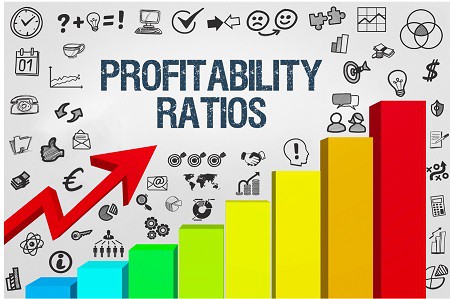
Financial analysis is one of the most effective ways to gauge a business’ performance. It involves a comparison of data from two different accounting periods. Then, finance officers use the analyzed data to make future decisions. Some of the decisions financial officers make include how to improve business performance or how to introduce change and adjustments in the business. To help keep track of this, the use of a profit loss statement template can be highly beneficial so that everything is in one place and can be analyzed.
This article discusses some simple yet effective ways you can implement to measure the profitability of your business. These are strategies you must know before starting a vending machine business or any type of business you’re planning to launch. But before that, you first need to understand what profitability is.
What Is Business Profitability?
Profitability is the capacity of a business venture to use its resources to earn profits. In simple terms, profitability is the ability of a business to generate profits in the normal course of its operations.

While both profits and profitability are related terms, they’re two different things. Profit is an absolute amount your business generates, and it’s calculated by subtracting expenses from the business revenues (profit = Total Revenue – Total Expenses). On the other hand, profitability is a relative amount, and it’s a metric that measures a business’s profit.
How Can You Measure The Profitability Of Your Business?
The profitability of a business is measured using ratios. Some of these ratios include the following:
- Net Profit Margin
Net profit is the earnings generated by a business after deducting all its operating expenses and other related costs. Profits can either be positive or negative. A negative profit is referred to as a loss.
The net profit margin is a ratio that expresses the amount of profit a business generates from its total revenues. In other words, the net profit margin ratio indicates the percentage of profit earned from total sales.
The net profit margin ratio is helpful to managers, investors, and other stakeholders because it shows whether a business is making profits or not. From there, you can make the necessary measures to help adjust or improve your performance. To invest in a legitimate business and boost your net profits, you can check reviews of an ASM course and other similar resources.
- Gross Profit Margin
This ratio evaluates the profitability of a business by expressing gross sales as a percentage of total sales. Gross profit is the value of goods left after deducting the cost of sales from the net sales. To get the cost of sales, you need to take the purchases, add opening stock, then less closing stock (purchases + opening stock – closing stock).
Businesses use gross profit margin to analyze the health position of a firm in terms of its profitability. This is because it looks at major activities that can affect cashflows, keeping the firm growing.
- Operating Profit Margin
Operating profit margin is a profitability ratio that measures the percentage of profit a business generates from its core business operation activities. To get the operating profits, you need to take gross profit, which, in turn, you can get from subtracting the total operating expenses. Therefore, operating profit is the profit before deducting interest charges and taxes.
Sometimes, the operating profit ratio is known as earnings before interest and tax margin. It’s used to measure the businesses’ operating and management efficiency.
- Return On Investment
Return on investment (ROI) is a ratio used to calculate the profitability of a business in terms of its investment. In other words, it’s a metric that measures the amount of return gained from a particular investment.
To calculate the return on investment, you need to take the net investment, then divide it by the cost of the investment. Managers use the return-on-investment ratio to measure the worthwhileness of an investment.
For instance, if you get a positive return on investment, then your project is viable; such projects will generate positive net cashflows. On the other hand, a project with a negative return on investment should be rejected because it’s likely to generate losses. Additionally, to enhance decision-making and evaluate performance effectively, businesses can implement retail performance metrics to monitor key indicators like ROI and other operational KPIs.
Takeaway
The main goal of any business organization is to maximize its profits. By generating more profits, an organization is guaranteed to operate for the foreseeable future. However, to ensure you’re on the right track, it’s essential to keep track of your profits. Therefore, you need to keep evaluating or measuring the level of your profitability.
Measuring your profitability allows you to understand the performance of your business, enabling you to make changes whenever it’s necessary. All of these go a long way in helping you stay ahead of the competition.
As you’ve seen above, there are four major ways of measuring the profitability of a business. These measures involve calculating ratios like net profit margin, gross profit margin, operating profit margin, and return on investment.
